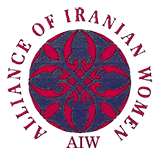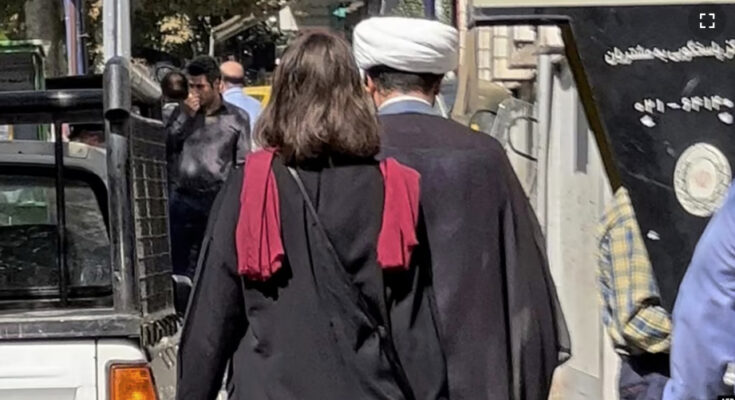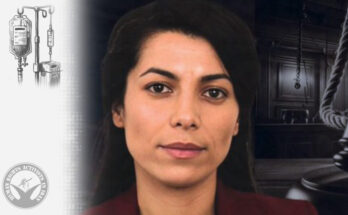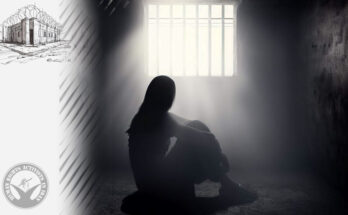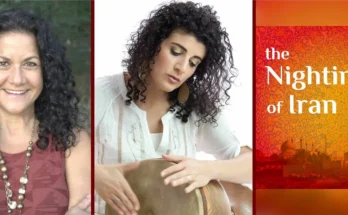By Vahid Pourostad
Source: RadioFardia (RFE/RL\)
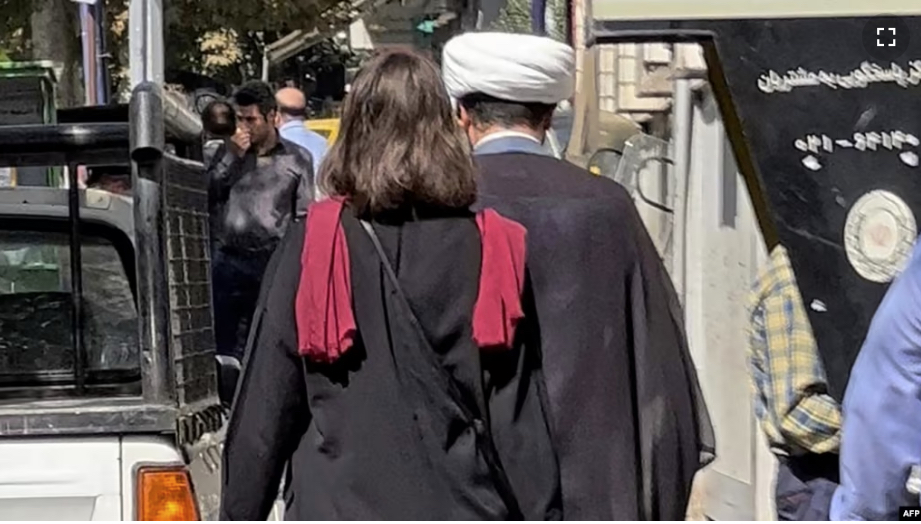
Days after nationwide anti-regime protests erupted across Iran, Parvaneh joined a street demonstration in the capital, Tehran.
But the 27-year-old woman was swiftly arrested by plainclothes agents who were posing as protesters. She was immediately blindfolded and dragged inside a van, where three other demonstrators were being held.
“I don’t how many of them there were,” Parvaneh told RFE/RL’s Radio Farda, referring to the agents. “I was shocked. I couldn’t do anything. I started to scream, [but they covered] my mouth.”
Parvaneh is among the around 20,000 people who have been arrested in the state’s brutal crackdown on the antiestablishment protests. Many of them have been released on bail. An unknown number of protesters have been pardoned and freed in recent days following an amnesty announced by Supreme Leader Ayatollah Ali Khamenei.
At least 500 protesters have been killed by security forces since the protests broke out following the death of Mahsa Amini, a 22-year-old woman who died after she was arrested by Iran’s morality police.
Parvaneh and other female protesters who spoke to Radio Farda recalled the mistreatment they suffered at the hands of government agents and security officers. They describe how they were beaten, threatened, and psychologically abused.
Plainclothes agent attacked me. I couldn’t resist because they had surrounded me. They hit me a few times with batons and their fists. I fell to the ground. They took me to the van, tied my hands, and put my scarf on my face.”
— Shabnam, 34
The women requested that their full names not be used for fear of retribution. It was unclear if they were briefly detained or arrested and then released on bail.
Parvaneh, who was not physically harmed, said she was accused by her interrogator of being one of the leaders of the protests.
“I wasn’t a leader,” she said. “I went to the protest on my own. He wanted to create fear because I think he enjoyed seeing detainees cry.”
During the interrogations, Parvaneh was asked about her contacts and why she joined the protests.
“The interrogator read out questions from a list he had, [including] ‘What is your issue with the establishment?'” Parvaneh said, adding that her cell phone was confiscated and searched. Photos and other content deemed sensitive were wiped, she said.
Shabnam was on her way home from work in Tehran when she saw several plainclothes agents violently arresting an underage boy. When she and other passersby tried to intervene, they were met with force.
“Plainclothes agent attacked me,” said the 34-year-old. “I couldn’t resist because they had surrounded me. They hit me a few times with batons and their fists. I fell to the ground. They took me to the van, tied my hands, and put my scarf on my face.”
Fourteen people were crammed inside the van, she said.
“The van was so full that I couldn’t sit,” she said, adding that the agents struggled to close the doors of the van. “We couldn’t breathe properly. Two of the women told them that they suffer from health problems. But they were beaten up.”
Sara, another female detainee who spoke to Radio Farda, said she was taken to a police station in Tehran after she was arrested for protesting.
At the station, she saw two women who had been badly beaten. One had bruises all over her face, while the other could not walk and had to use a wheelchair, she said.
Iranian authorities have been accused of grave human rights abuses during the deadly crackdown on anti-regime protests, including torturing detainees, firing at protesters using live ammunition, and executing protesters following alleged torture and forced confessions.
The protests were sparked by the death of Amini, who was arrested for allegedly violating the country’s hijab law. Hours later, she was taken to a hospital, where she was later declared brain dead.
Three days later, Amini died. Authorities said she had suffered a fatal heart attack, a claim rejected by her family.
The protests began as a rebuke against police brutality and the violent enforcement of the mandatory headscarf law. But they have snowballed into one of the biggest threats to Iran’s establishment in decades, with demonstrators calling for an end to clerical rule and demanding their social and political freedoms.
